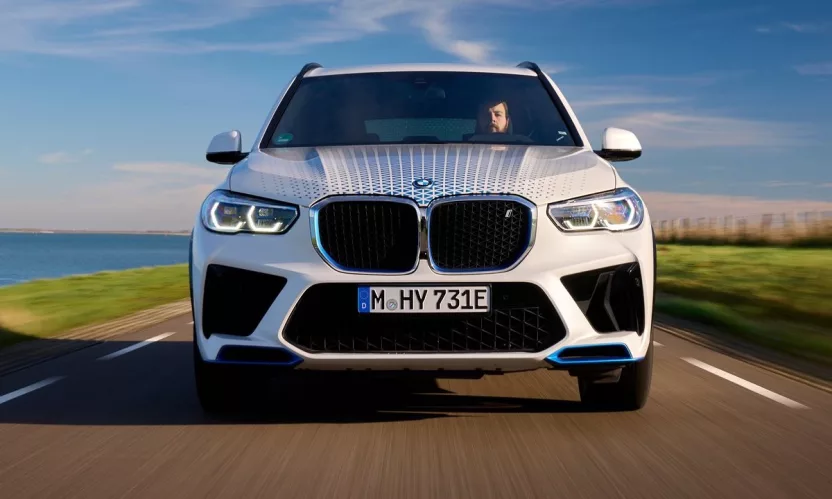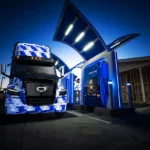In a groundbreaking move towards sustainable mobility, BMW has teamed up with Anglo Platinum and Sasol to introduce a fleet of hydrogen-fueled vehicles onto South Africa’s roads. This initiative marks a significant step towards reducing carbon emissions and fostering innovation in the automotive industry.
The collaboration, formalized after an agreement was reached at the Green Hydrogen Summit last October, has culminated in the debut of the BMW iX5 Hydrogen fleet. Although these vehicles are currently designated for testing purposes and not available for sale, BMW South Africa has expressed intentions to offer a production model by the latter half of this decade, depending on market demand and infrastructure readiness.
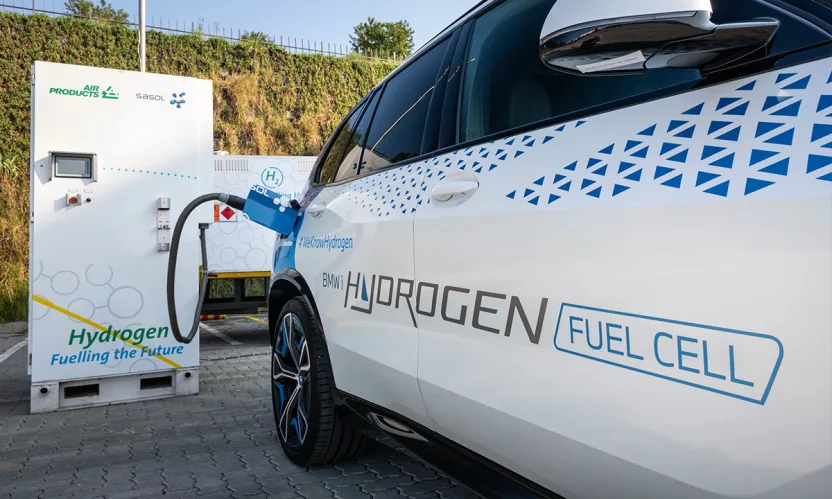
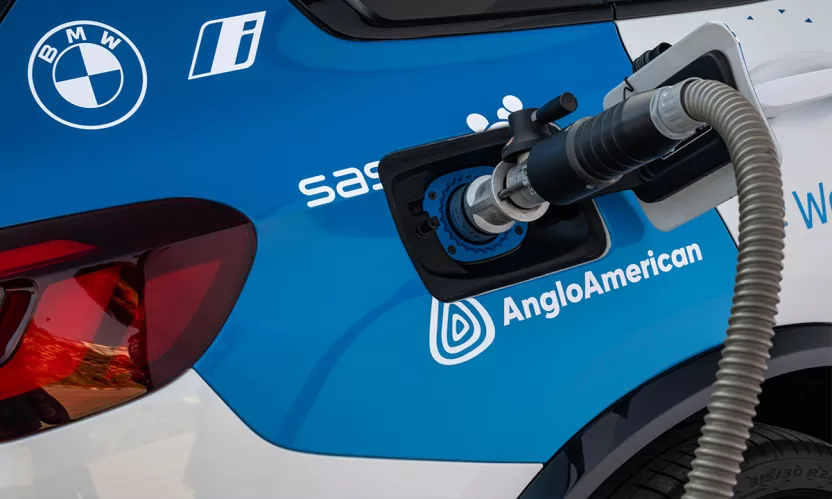
The unveiling of the pilot fleet occurred alongside the Hydrogen Council’s Regional Meeting in Sandton, Johannesburg, a milestone event signaling Africa’s growing involvement in sustainable energy initiatives. Each partner in this venture contributes a unique aspect to the project, with BMW providing cutting-edge technology, Anglo Platinum leveraging its expertise in platinum group metals (PGMs), and Sasol facilitating infrastructure development.
| Parameter | Value |
|---|---|
| Maximum output of overall drive system | 295 kW / 401 hp |
| Electric continuous output of fuel-cell system | 125 kW / 170 hp |
| Maximum output of lithium-ion battery | 170 kW / 231 hp |
| Maximum output of electric drive unit | 295 kW / 401 hp |
| Capacity of hydrogen tanks | 6 kg hydrogen (gaseous) |
| Acceleration 0-100 km/h (62 mph) | < 6 seconds |
| Top speed | Over 180 km/h (112 mph) |
| Hydrogen consumption in WLTP cycle | 1.19 kg / 100 km |
| Range in WLTP cycle | 504 km (313 miles) |
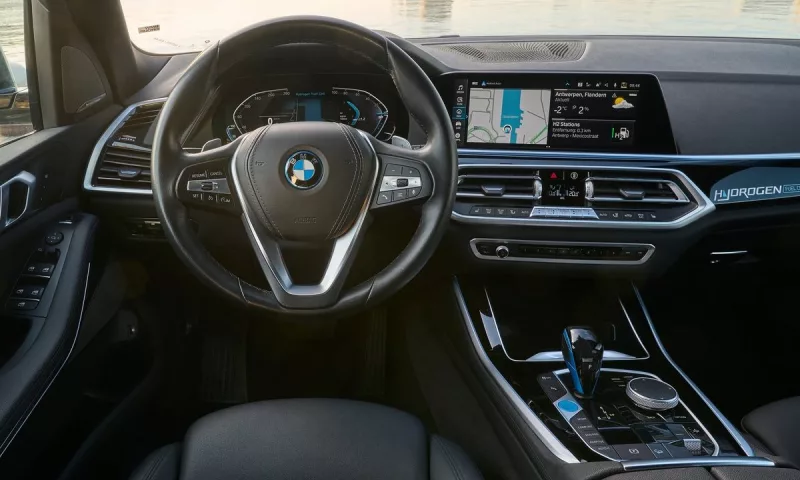
The BMW iX5 Hydrogen, based on the popular X5 SUV platform, features a hydrogen fuel cell instead of traditional lithium-ion batteries, enabling rapid charging times and an impressive range of 504km. This advancement represents a shift towards cleaner, emission-free transportation, aligning with global efforts to combat climate change.
ALSO READ: BMW reigns supreme as the NO.1 premium car brand globally in 2023
Echoing sentiments from BMW executives, Peter van Binsbergen emphasized the importance of cross-industry collaboration in realizing the potential of green hydrogen technology. Dr. Juergen Guldner highlighted the complementary nature of hydrogen and battery-electric vehicles, emphasizing the versatility of hydrogen-powered cars, particularly for customers with extensive travel needs or limited access to charging infrastructure.
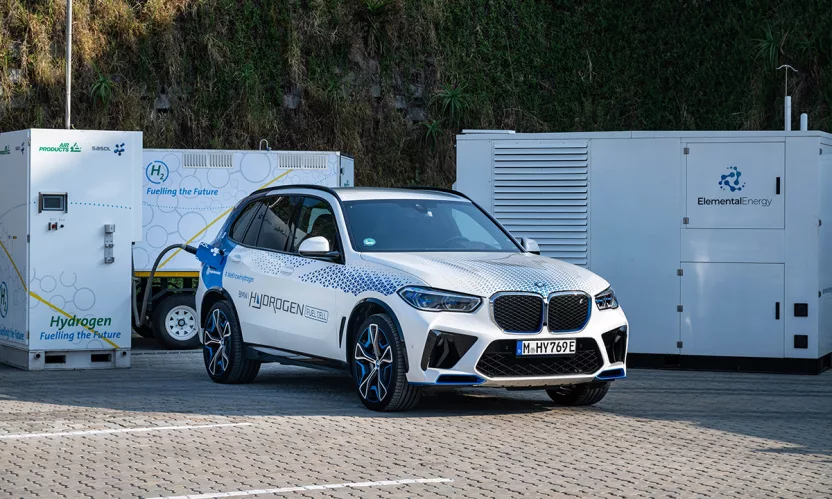
Beyond transportation, Anglo Platinum’s involvement underscores the broader implications of hydrogen technology in South Africa’s energy landscape. With the potential to harness green hydrogen for various applications, including zero-emission mine haulage, this collaboration represents a significant stride towards a sustainable future.
ALSO READ: BMW says Goodbye to Electric Cars; it has now Solved the Problem of Hydrogen Engines
The launch of the BMW iX5 Hydrogen fleet not only showcases the viability of hydrogen-powered vehicles but also underscores South Africa’s pivotal role in driving innovation and sustainability. As discussions around hydrogen’s potential continue to evolve, stakeholders are urged to explore opportunities for leveraging this technology to address pressing environmental challenges.
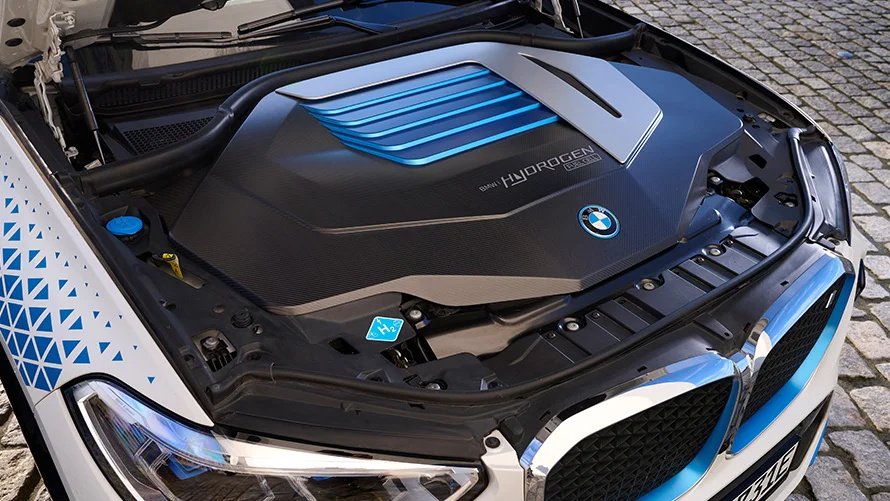
In the transition towards a greener economy, industries like platinum mining must adapt and innovate to remain relevant. With hydrogen emerging as a promising alternative, the conversation around its practical applications in South Africa’s unique context gains momentum. As the automotive landscape evolves, it’s imperative to consider diverse perspectives and explore sustainable solutions that benefit both industry and the environment.
ALSO READ: The BMW x7 is designed Exclusively for Dog Owners
The introduction of hydrogen-powered vehicles represents a paradigm shift in transportation, offering a glimpse into a future where clean energy drives progress. With BMW leading the charge, South Africa stands poised to embrace a new era of sustainable mobility powered by innovation and collaboration.

